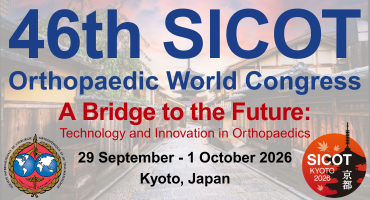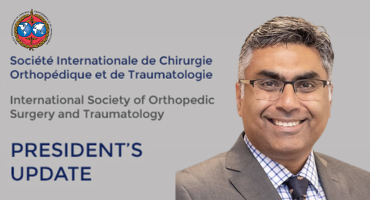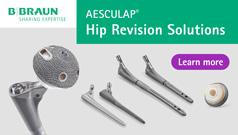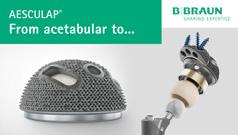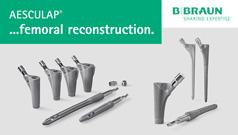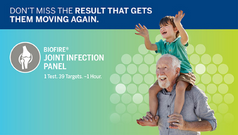Triangular osteosynthesis in spinopelvic injuries: reliable fixation or a source of complications?
Injury. 2025 Oct 14;56(12):112817. doi: 10.1016/j.injury.2025.112817. Online ahead of print.
ABSTRACT
INTRODUCTION: Spinopelvic injuries represent some of the most challenging patterns in trauma surgery due to the complex anatomy and the high-energy mechanisms typically involved. Stabilization is critical to restore lumbopelvic alignment, enable early mobilization, and reduce long-term disability. Triangular osteosynthesis has emerged as a technique that combines lumbopelvic fixation with sacroiliac stabilization, providing robust mechanical stability. Despite its growing use, concerns remain regarding its complication profile, particularly implant prominence and wound-related morbidity. This review sought to collate and critically appraise the available evidence on triangular osteosynthesis for spinopelvic injuries, with a focus on reported complications and functional outcomes.
METHODS: A systematic search of PubMed, EMBASE, and Web of Science was performed in line with PRISMA recommendations, covering studies published up to June 2024. Eligible studies were restricted to English-language articles with abstracts and excluded reports on non-traumatic conditions, technical notes, expert commentaries, animal models, and purely biomechanical investigations.
RESULTS: Eighteen studies met the inclusion criteria, comprising 431 patients with a minimum follow-up of eight months. The majority were retrospective case series or cohort designs (12 retrospective, 6 prospective; levels III-IV evidence). Patient age ranged between 15 and 78 years. Falls from height represented the leading injury mechanism, followed by road traffic accidents. Reported complications included prominent hardware in 61 cases (14.35 %) and surgical site infection in 29 cases (6.73 %). Nonunion and sacral malunion were rare, each affecting only two patients (0.46 %). Functional outcomes, reported in nine studies using the Majeed score, showed 78 % excellent results (n = 137), 21.1 % good or fair (n = 37), and one poor outcome (0.57 %).
CONCLUSION: Although implant prominence and wound-related complications are relatively frequent, triangular osteosynthesis remains a dependable treatment for complex spinopelvic injuries, demonstrating very low nonunion rates and generally favourable functional recovery.
PMID:41237660 | DOI:10.1016/j.injury.2025.112817






